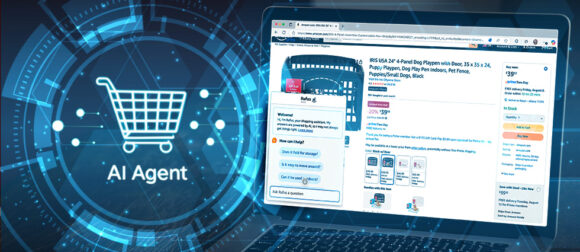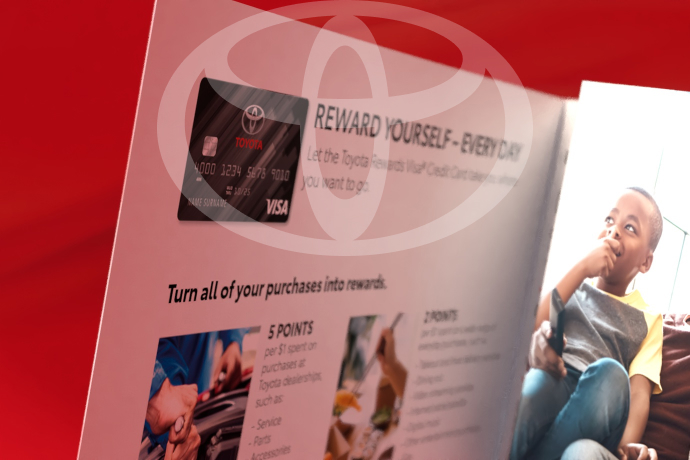Enhancing Financial Services Direct Mail with Tactile Engagement Strategies

The resurgence of direct mail in financial services marketing has brought renewed challenges — and an evolution of tried-and-true tactics. As marketers seek to stand out in a crowded mailbox, incorporating tangible elements that engage the senses has become a key strategy. Here is a quick look at some emerging trends in direct mail that include many tried-and-true tactile engagement techniques:
Scratch-n-Sniff Envelopes
Scratch-n-sniff elements on envelopes add an interactive and multi-sensory dimension to direct mail pieces. Capital One, for example, recently launched a campaign featuring scratch-n-sniff envelopes with different scents correlating to the message.
Benefits of scratch-n-sniff elements include:
- Engages multiple senses to create a memorable experience
- Prompts curiosity and encouraging recipients to open the envelope
- Differentiates the mail piece from competitors in the mailbox
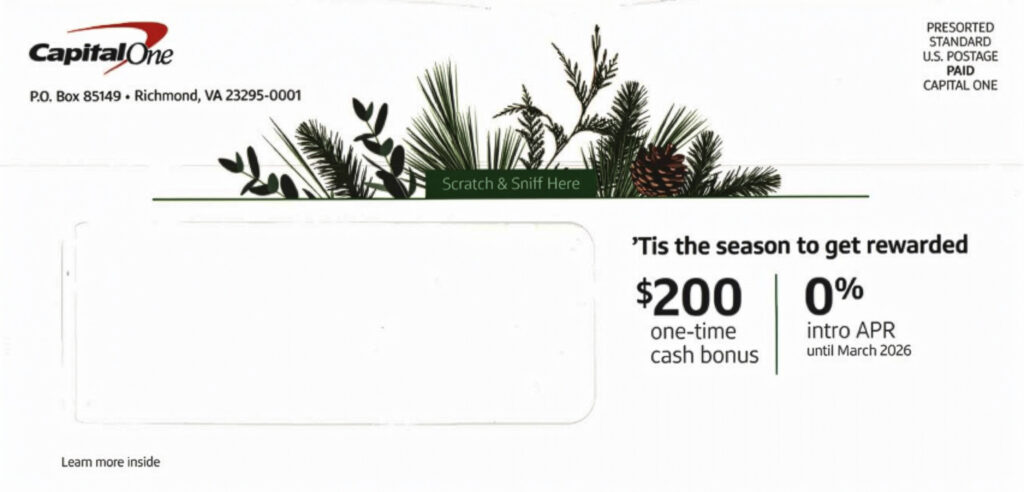
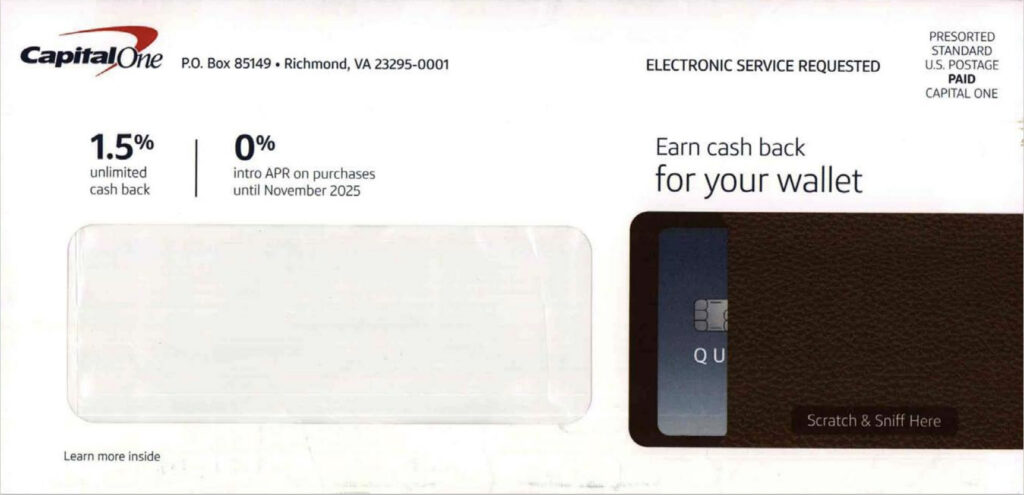
Trailing Edge Envelopes (aka “Nubbins”)
Trailing edge envelopes, also known as shape-cut envelopes, employ what our Design Director has coined as “the nubbin’ — the die-cut section that protrudes from the left edge of the envelope, breaking the “fourth wall” of standard envelopes. While it has been around for a while, we’ve noticed it’s recently gaining popularity. The shape and style of the “nubbin” can vary from an oval shape to a diamond or just the standard tab. Embossing and foil-stamping can also be used to add extra visual appeal.
Benefits of trailing edge envelopes include:
- Stands out in the mailbox to capture attention
- Provides additional space to highlight offers or key messages
- Increased engagement via a tactile, interactive element
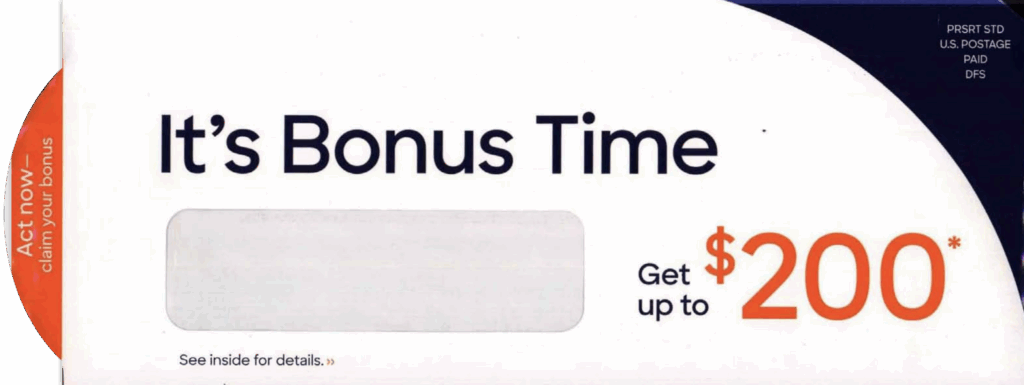
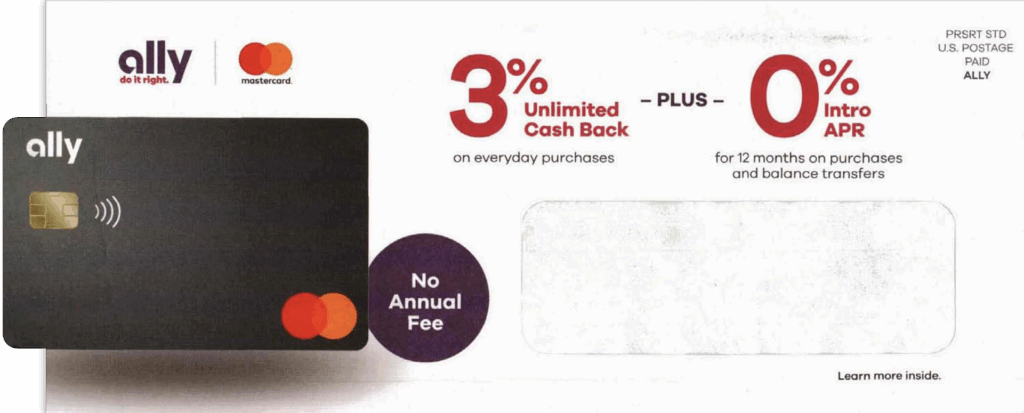
Textured Paper and Embossed Surfaces
Historically, a popular tactic with high-net-worth and affluent direct mail packages, textured paper and full embossed surfaces are now being used across all markets. Textured paper, heavier card stock envelopes and embossed finishes, like an all-over glossy sheen, can create a distinctive tactile sensation that catches prospects’ attention as they sift through their mail.
Benefits of textured paper and embossed surfaces include:
- Engages the sense of touch to create a tactile experience
- Makes the mail piece more memorable and likely to be saved
- Conveys a sense of quality and importance
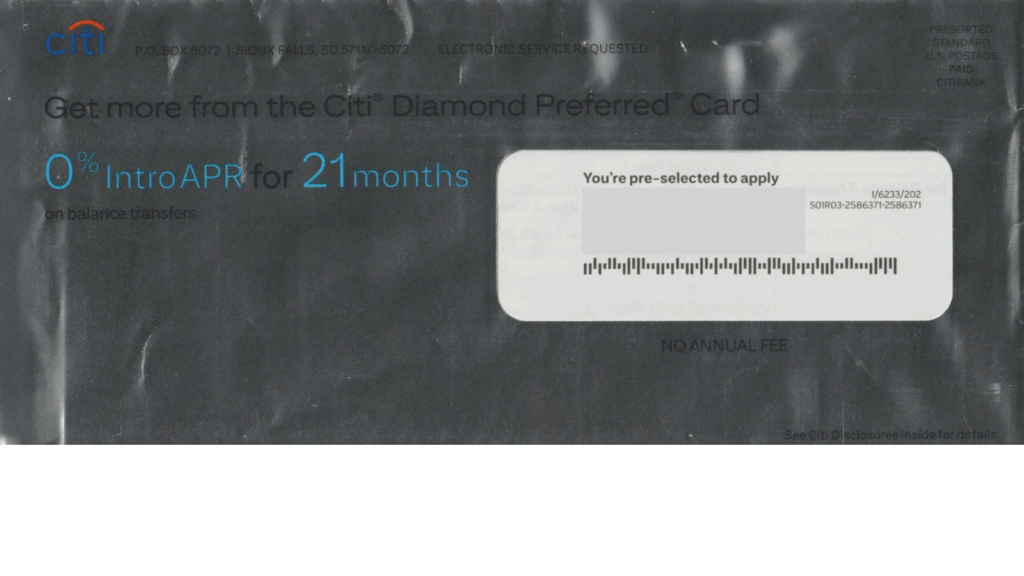
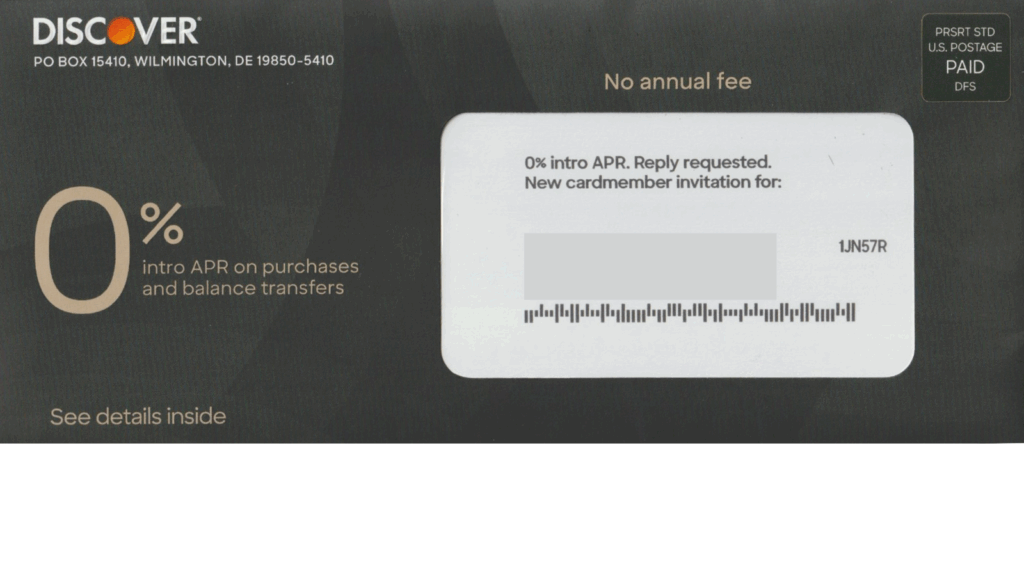
Snap-pack Envelopes
Snap-pack envelopes, or pressure-sealed mailers with perforated edges, are experiencing a resurgence in financial services direct mail. Snap-packs are designed to look official and urgent, leveraging their appearance to create a sense of importance. In addition, the perforated edges and sealed pages increase engagement.
Benefits of snap-packs include:
- High open rates due to their official look and perceived urgency (many sources tout that snap-pack mailings have a 95% open rate though no source for this statistic can be found)
- Cost-effectiveness and efficient production thanks to their one-sheet design
- Versatility for sending various types of communications, from offers to statements
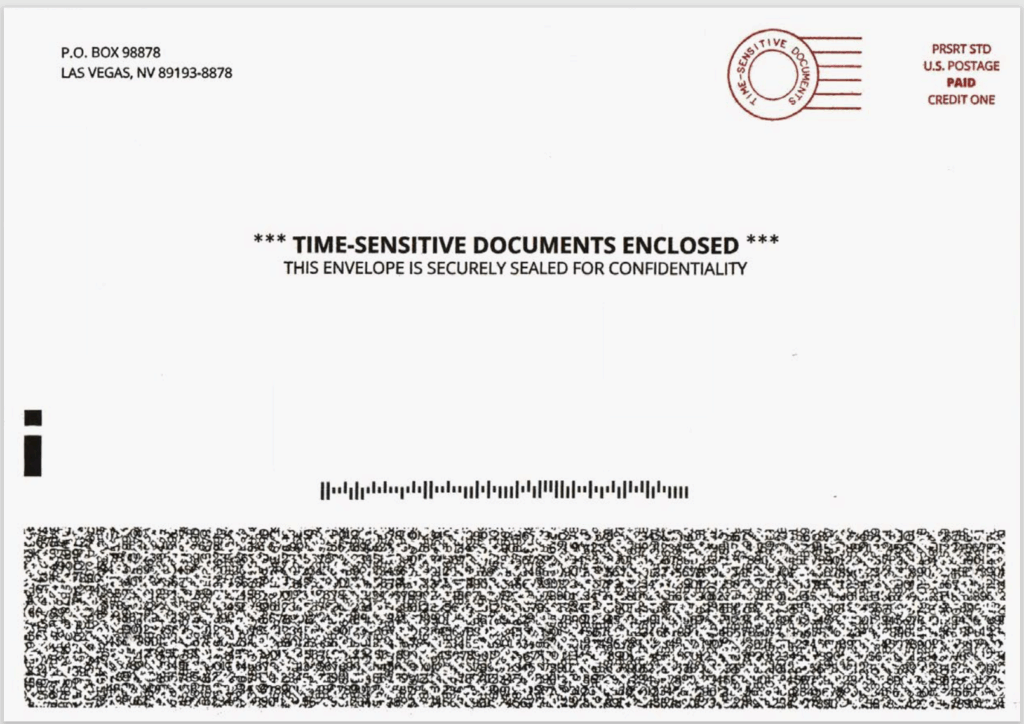
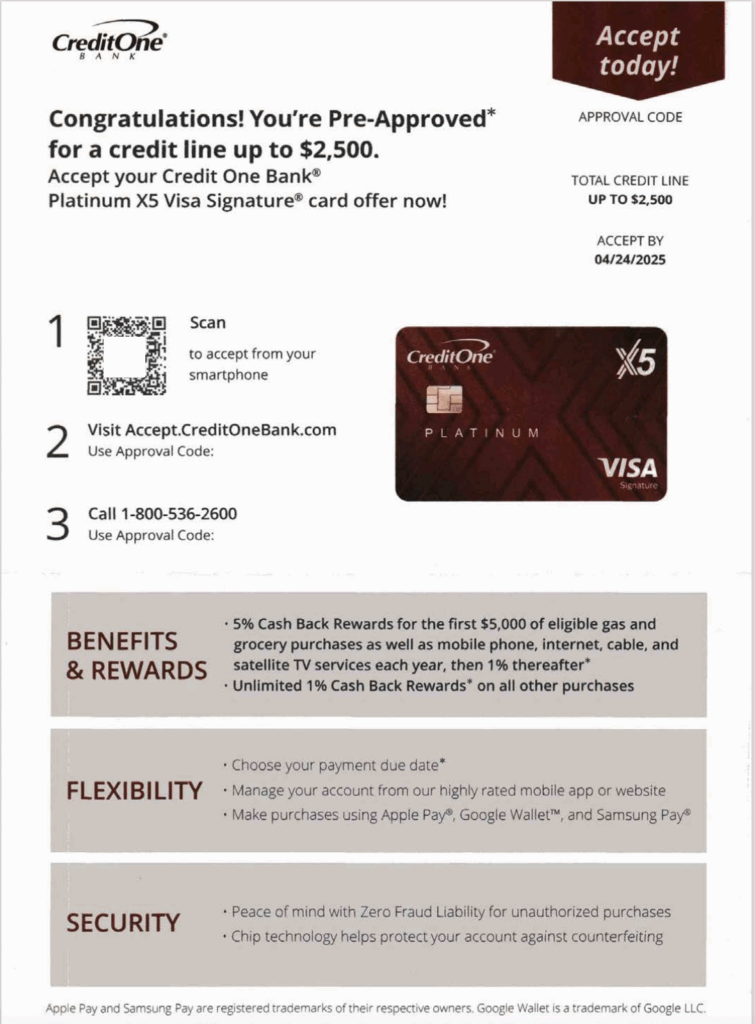
As financial services companies seek to maximize the impact of their direct mail efforts, incorporating tactile engagement strategies has become an increasingly important tactic to break through the clutter and engage the prospect. These are four of the latest trends we have noticed, but we’re curious to see how technology can deliver new tactics that boost response rates in an increasingly competitive landscape.







